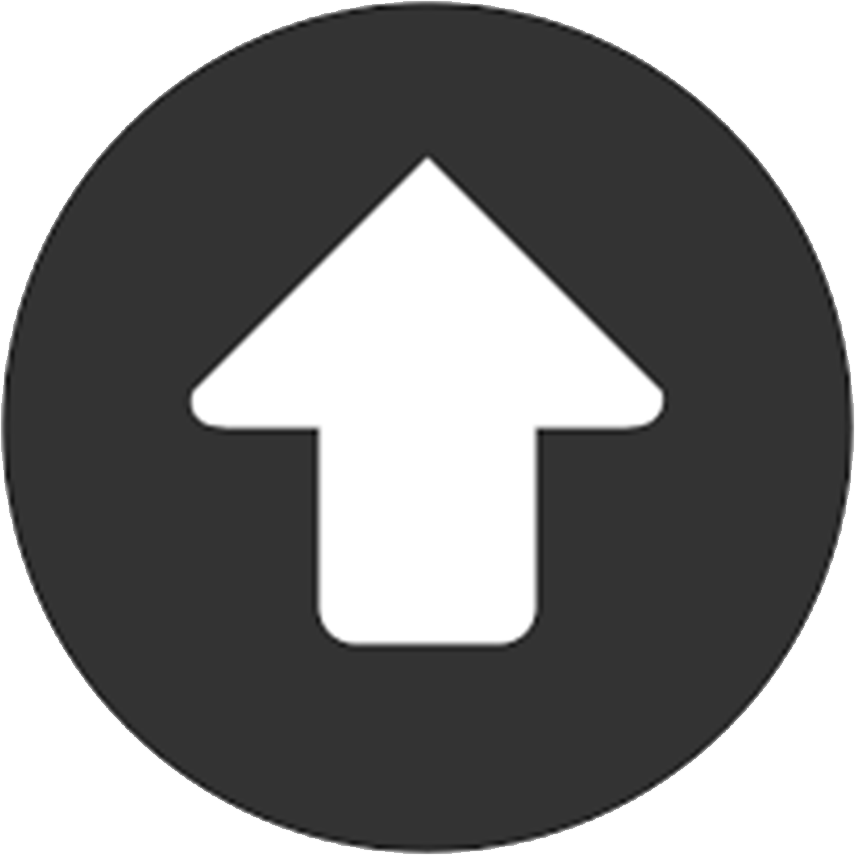Mekanisme Pemberian Izin Mendirikan Bangunan Bagi Pembangunan Perumahan
 ), Abrar Saleng(2)
), Abrar Saleng(2)
(1) Fakultas Hukum Universitas Hasanuddin, Makassar, Indonesia
(2) Fakultas Hukum Universitas Hasanuddin, Makassar, Indonesia
 Corresponding Author
Corresponding Author
Abstract
Keywords
DOI
10.47268/ballrev.v2i2.736
Published
2021-11-27
How To Cite
@article{BALLREV736,
author = {Zegovia Parera and Abrar Saleng},
title = {Mekanisme Pemberian Izin Mendirikan Bangunan Bagi Pembangunan Perumahan},
journal = {Batulis Civil Law Review},
volume = {2},
number = {2},
year = {2021},
keywords = {Legal Mechanism; Building Permit; Housing},
abstract = {This study aims to identify and analyze statutory regulations related to building permits for the implementation of the conversion of protected areas into residential buildings and to analyze the control of spatial use of housing development in Merauke District. This research is an empirical legal research. This research was conducted at the Legal Division of the Merauke Regency Regional Secretariat, the Spatial Planning Section of the Ministry of Agrarian Affairs and Spatial Planning / National Land Agency of Merauke Regency, the Public Works and Spatial Planning Office of Merauke Regency, developers, and residential communities. The results of this study indicate that the laws and regulations related to building permits on the implementation of housing development are an obligatory affair of the regency / city government, in this case the management of buildings, which includes setting up building permits (IMB) and certificates of eligibility for building functions (SLF). new. As well as the implementation of the function change of protected areas in Samkai Village is not in accordance with the current spatial direction. For this reason, the local government of Merauke Regency is within its authority to regulate and balance the arrangement of buildings in conservation areas and water catchment areas so that the community has permits to build buildings according to the regulations. And Controlling Spatial Use of Housing Development in Protected Areas Local governments still face various obstacles / obstacles, namely not having a regional regulation on a strategic plan (renstra) for protected areas so that the government has not been able to provide certainty to the public regarding the activity plan and financing of the housing location. Supervision and control are still passive in nature because they are only based on complaints and are not carried out regularly. Most of the land in the protected area belongs to the private sector and the community, so that control is limited to an appeal.},
issn = {2746-8151}, pages = {152--165} doi = {10.47268/ballrev.v2i2.736},
url = {https://fhukum.unpatti.ac.id/jurnal/ballrev/article/view/736}
}
Arisaputra, M. I. (2015). Reforma Agraria Di Indonesia. Sinar Grafika. Hadimoeljono, B. (2013). Pengendalian Pemanfaatan Ruang: Mencari Kelembagaan Pemanfaatan Ruang yang Efektif. Direktortat Tata Ruang dan Pertanahan Bappenas. Sadyohutomo, M. (2016). Tata Guna Tanah dan Penyerasian Tata Ruang. Pustaka Pelajar. Saleng, A. (2013). Kapita Selekta Hukum Sumberdaya Alam. Membumi Publishing. Soedarso, B. P. (1990). Meningkatnya Penguasaan dan Pemahaman Mengenai Tata Ruang dan Pengaturan Hukumnya. Jurnal Hukum & Pembangunan, 20(4), 385-390. https://doi.org/10.21143/jhp.vol20.no4.922 https://doi.org/10.21143/jhp.vol20.no4.922 Wahid, A. M. Y. (2016). Pengantar Hukum Tata Ruang. Prenadamedia Group.
| Dublin Core | PKP Metadata Items | Metadata for this Document | |
| 1. | Title | Title of document | Mekanisme Pemberian Izin Mendirikan Bangunan Bagi Pembangunan Perumahan |
| 2. | Creator | Author's name, affiliation, country | Zegovia Parera; Fakultas Hukum Universitas Hasanuddin, Makassar; Indonesia |
| 2. | Creator | Author's name, affiliation, country | Abrar Saleng; Fakultas Hukum Universitas Hasanuddin, Makassar; Indonesia |
| 3. | Subject | Discipline(s) | |
| 3. | Subject | Keyword(s) | Legal Mechanism; Building Permit; Housing |
| 4. | Description | Abstract | This study aims to identify and analyze statutory regulations related to building permits for the implementation of the conversion of protected areas into residential buildings and to analyze the control of spatial use of housing development in Merauke District. This research is an empirical legal research. This research was conducted at the Legal Division of the Merauke Regency Regional Secretariat, the Spatial Planning Section of the Ministry of Agrarian Affairs and Spatial Planning / National Land Agency of Merauke Regency, the Public Works and Spatial Planning Office of Merauke Regency, developers, and residential communities. The results of this study indicate that the laws and regulations related to building permits on the implementation of housing development are an obligatory affair of the regency / city government, in this case the management of buildings, which includes setting up building permits (IMB) and certificates of eligibility for building functions (SLF). new. As well as the implementation of the function change of protected areas in Samkai Village is not in accordance with the current spatial direction. For this reason, the local government of Merauke Regency is within its authority to regulate and balance the arrangement of buildings in conservation areas and water catchment areas so that the community has permits to build buildings according to the regulations. And Controlling Spatial Use of Housing Development in Protected Areas Local governments still face various obstacles / obstacles, namely not having a regional regulation on a strategic plan (renstra) for protected areas so that the government has not been able to provide certainty to the public regarding the activity plan and financing of the housing location. Supervision and control are still passive in nature because they are only based on complaints and are not carried out regularly. Most of the land in the protected area belongs to the private sector and the community, so that control is limited to an appeal. |
| 5. | Publisher | Organizing agency, location | Faculty of Law, Universitas Pattimura |
| 6. | Contributor | Sponsor(s) | |
| 7. | Date | (YYYY-MM-DD) | 2021-11-27 |
| 8. | Type | Status & genre | Peer-reviewed Article |
| 8. | Type | Type | |
| 9. | Format | File format | |
| 10. | Identifier | Uniform Resource Identifier | https://fhukum.unpatti.ac.id/jurnal/ballrev/article/view/736 |
| 10. | Identifier | Digital Object Identifier | 10.47268/ballrev.v2i2.736 |
| 11. | Source | Title; vol., no. (year) | Batulis Civil Law Review; Vol 2, No 2 (2021): VOLUME 2 NOMOR 2, NOVEMBER 2021 |
| 12. | Language | English=en | en |
| 13. | Relation | Supp. Files | |
| 14. | Coverage | Geo-spatial location, chronological period, research sample (gender, age, etc.) | |
| 15. | Rights | Copyright and permissions | Copyright: Authors who publish their manuscripts in this Journal agree to the following conditions: 1. The copyright in each article belongs to the author, as well as the right to patent. 2. Authors are able to enter into separate, additional contractual arrangements for the non-exclusive distribution of the journal's published version of the work (e.g., post it to an institutional repository or publish it in a book), with an acknowledgment of its initial publication in this journal. 3. Authors are permitted and encouraged to post their work online (e.g., in institutional repositories or on their website) prior to and during the submission process, as it can lead to productive exchanges, as well as earlier and greater citation of published work. 4. Authors have the right to self-archiving of the article (Author Self-Archiving Policy)
Licence : Batulis Civil Law Review Journal is disseminated based on the Creative Commons Attribution-NonCommercial 4.0 International license terms. This license allows anyone to copy and redistribute this material in any form or format, compose, modify, and make derivatives of this material for any purpose. You cannot use this material for commercial purposes. You must specify an appropriate name, include a link to the license, and certify that any changes have been made. You can do this in a way that is appropriate, but does not imply that the licensor supports you or your use.
|
Copyright (c) 2021 Zegovia Parera, Abrar Saleng

This work is licensed under a Creative Commons Attribution-NonCommercial 4.0 International License.

 : 3169 times
: 3169 times Download : 1808 times
Download : 1808 times














